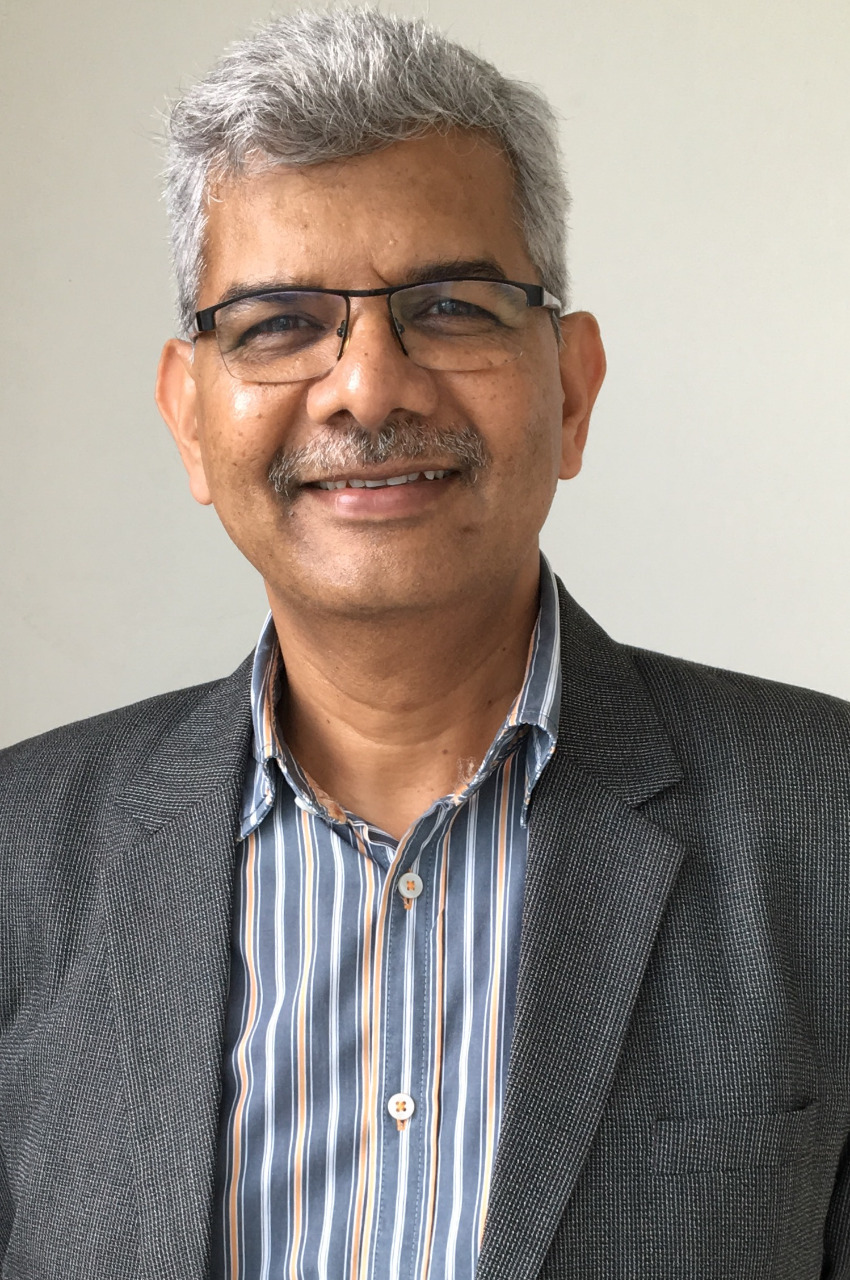 – Dr. Anant Pandhare, Medical Director- Dr. Hedgewar Hospital- BAVP
– Dr. Anant Pandhare, Medical Director- Dr. Hedgewar Hospital- BAVP
Medical education in India is suffering from an inadequate number of institutions, seats, and unaffordable fees structure and requires immediate reforms. There is also scope for improving the quality of education, one of the reasons thousands of students go overseas every year to study medicine.
The state of medical education
As per the data published by the Medical Council of India, there are 606 recognised medical colleges that offer an MBBS degree in the country. Among these, 46 medical colleges are under deemed universities, and 276 are private medical colleges. Every year around 1.5 million students appear for the all-India pre-medical entrance test to pursue undergraduate medical courses in government and private institutes but, only eight lakhs become eligible for admission – while 45,000 students get seats in government medical colleges, 40,000 of them find a seat in private and deemed medical colleges. The remaining have to either explore their options in countries that offer affordable medical education or choose another career. Reportedly, around 20,000 to 25,000 students go abroad to study medicine every year in countries like Russia, Ukraine, China, Philippines, Georgia, and Kyrgyzstan where medical education costs between 20-45 lakh rupees which is in contrast to India where it can cost between Rs. 60,000-2.5 lakh in government colleges and between 40 lakhs to Rs. 1.5 crore in private colleges – a distant dream for most Indians.
A report published in 2019 indicates the dire need for doctors and healthcare workers in India. It states that the doctor-population ratio in India is 1:1456 –unevenly distributed between urban and rural areas – against the required 1: 1000 as per the WHO standards.
The reasons behind enormous fees
The reasons behind the high fees in medical colleges are the mandated infrastructure requirements and high costs of faculties due to scarcity. Every medical college approved for MBBS admissions, as per the guidelines, should have 23 notified departments, a teaching hospital within the premises, laboratories, and hostels, to name a few. Further, the colleges with an annual intake of 150 MBBS students must have a functional hospital with 330 beds operational for at least two years. In addition to this, an air-conditioned central library of at least 1,000 square meters and one percent of the minimum books prescribed must be journals. Therefore, it costs more than Rs. 400 crores and takes at least five years to build a state-of-the-art government medical college which will further require a pretty hefty sum of money for the annual maintenance. In the case of private institutes, it can go up to unimaginable amounts.
Scaling up India’s medical education
To ensure India keeps producing trained doctors and healthcare workers it must expand its number of medical colleges at an affordable cost. In the past two years, there have been many lessons from the global pandemic for policymakers, doctors, and researchers. Therefore, this is the time to act. The MCI should double the intake of students in the existing medical colleges without compromising on the quality. It should also relax stringent norms laid down for setting up medical colleges to pave the path for the establishment of more medical institutions for aspiring doctors. In November 2020, the move by the National Medical Commission to remove the minimum land requirement of 20 acres for general areas and 10 acres for metro cities was a welcome step. When it comes to encouraging private investment in medical education, we need to relax certain conditions of hospital infrastructure and focus on availability of clinical material for training the students. Further, a cost and income sharing model between private and government hospitals should come into force to bring down the cost of setting up hospitals. There is need to include practising Doctors, DNB Graduates as faculties to expand the fleet of teachers. To improve the cash flow of medical colleges, low-cost and long-maturity loans should be given to entrepreneurs to set up medical colleges by creating long-term funding agencies. Special tax exemption for investments in medical college establishment could also bring fresh influx of funds in this sector. Last but not the least, the government should introduce urgent reforms in the medical sector to prevent the migration of Indian students to study medicine abroad, and it should also provide low-interest loans to students who get enrolled in medical colleges.
The government has already realised the importance of improving the quality of education and training for doctors and healthcare workers, and it has taken certain key initiatives in this regard. But still, there is a long way to go. Affordable medical education will, in all likelihood, set the tone for an ecosystem where healthcare would also be affordable as aspiring doctors would like to return what they have received. This sentiment will lead to the creation of an affordable health system where even a common person will be able to study medicine as well as get good medical care. Remember, the health of the nation comes even before the wealth of the nation.
Also read: India’s mighty medical education mess



























